Bio21 Director’s Message – What can Bio21 do for you? - 8 April 2021
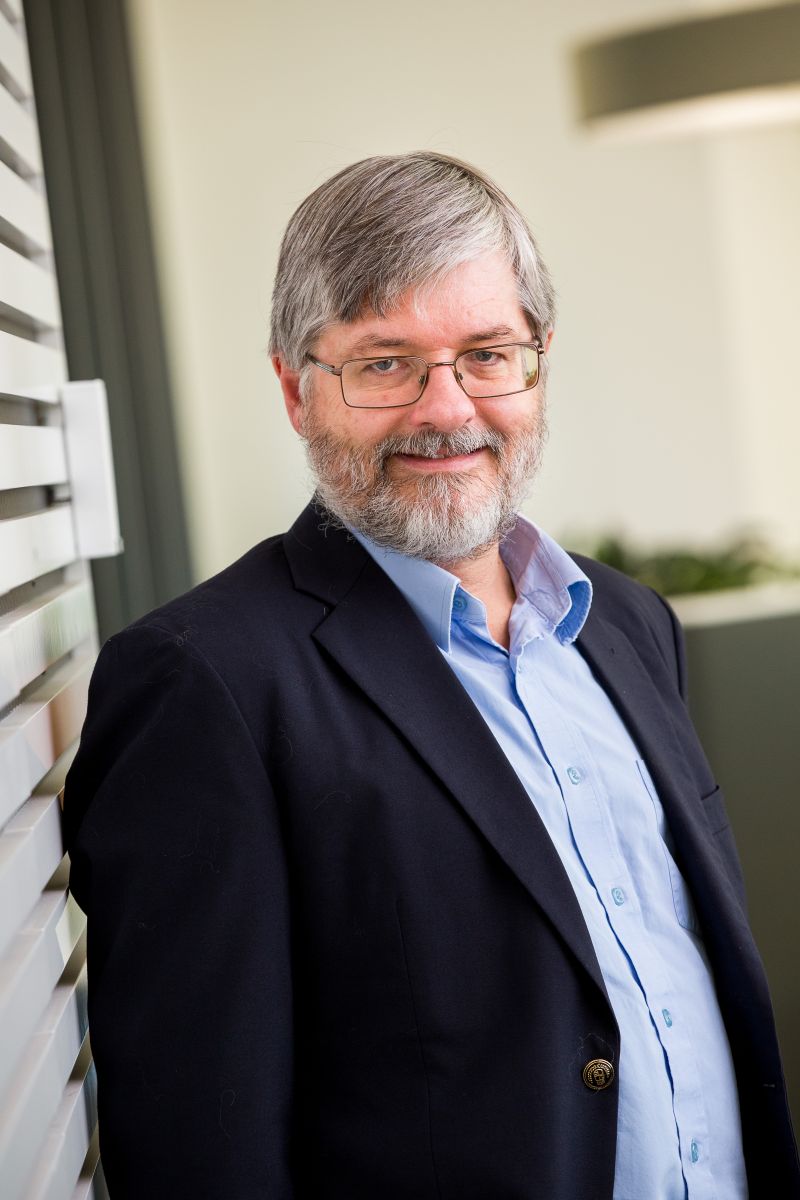
Six years ago, in 2015, at the Bio21 10 Year Anniversary celebration dinner, Dr Andi Horvath, University of Melbourne Media Advisor, science podcaster and former comedian moderated the evening.
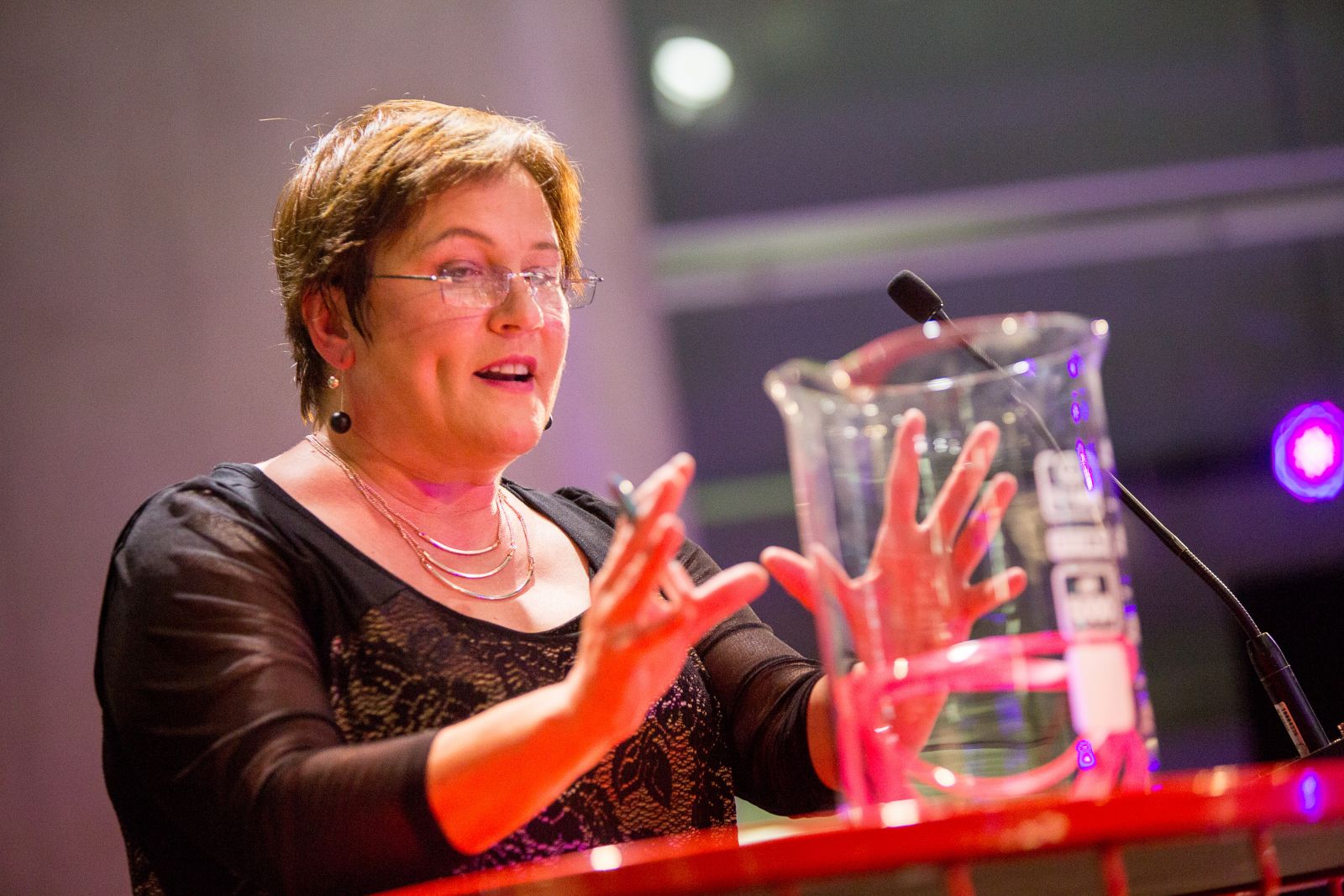 |
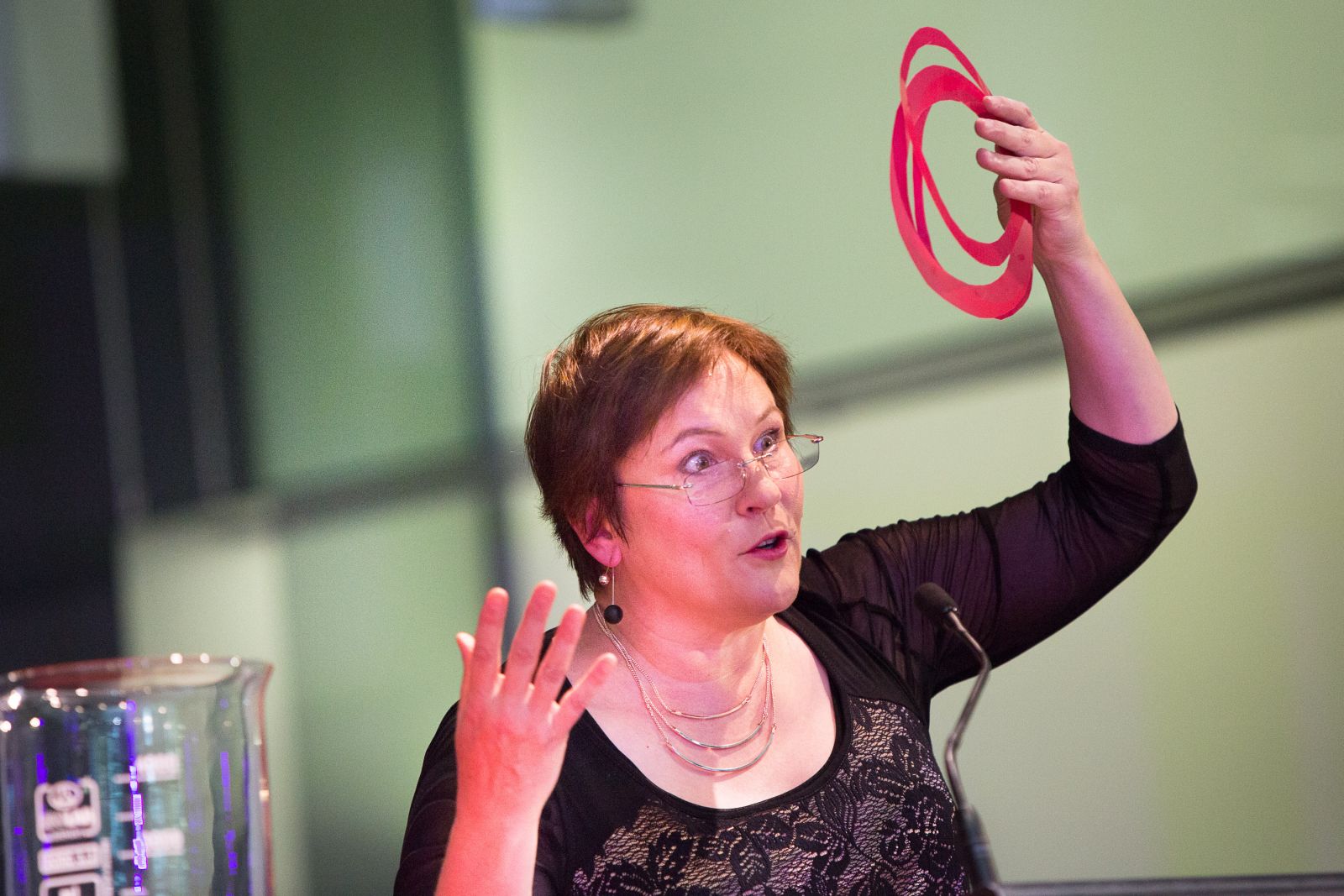 |
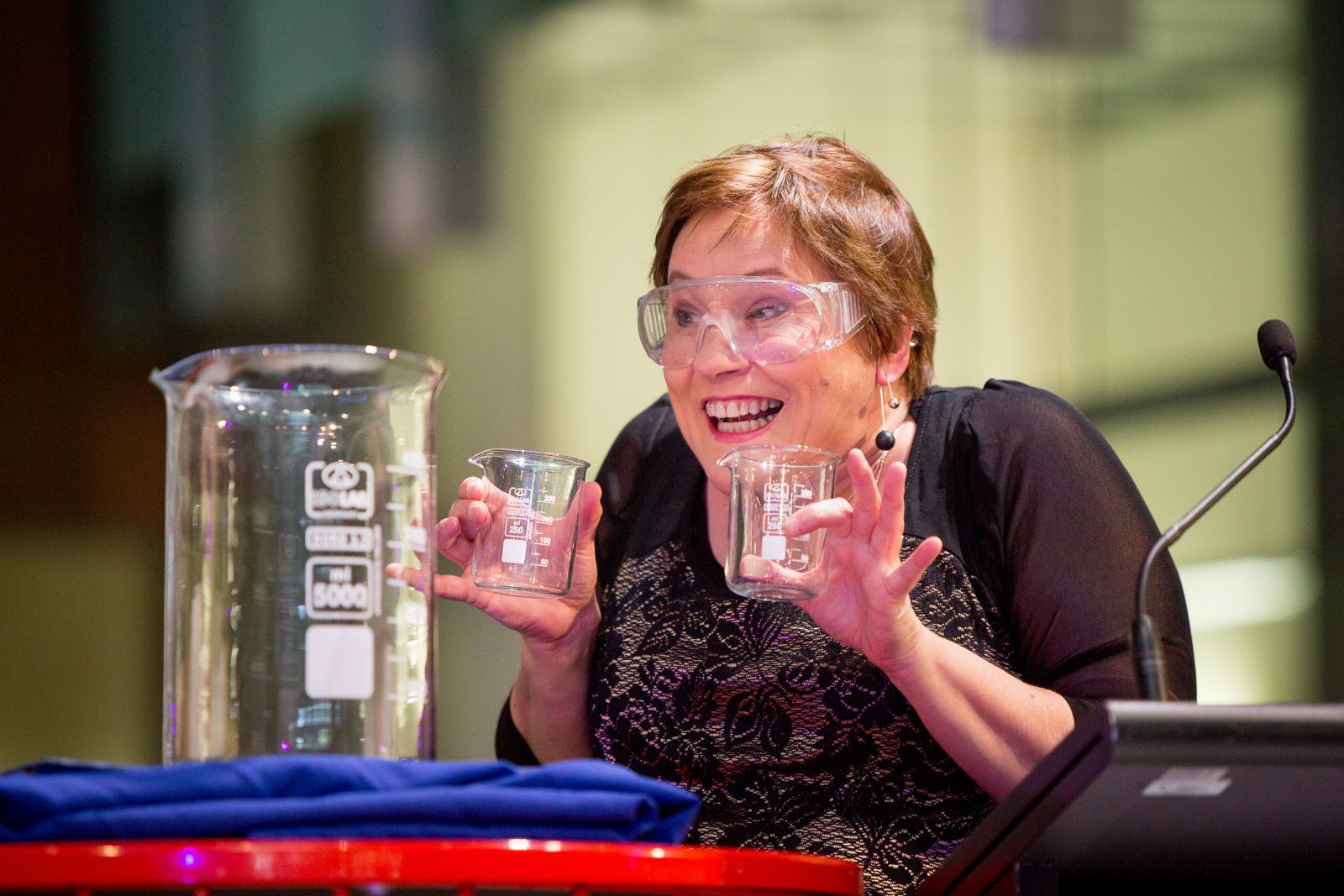 |
In a light-hearted and entertaining way, Andi mused about what the three rings in the Bio21 logo could possibly stand for and it was great fun to see her add an array of odd items into an oversized beaker, symbolising the experiment that is Bio21.

The three intersecting red rings of the Bio21 logo overlap, like a Venn diagram, and could symbolise any number of elements that make up Bio21; what it is, could be, and do for its members, the University of Melbourne and wider community. I’d like to add my own thoughts to the mix. How about:
Precinct – Platforms – People:
Precinct:
With its complex of buildings within the old horse market walls, Bio21 is its own small precinct within the greater University Parkville campus, with the connected David Penington, Nancy Millis, Business Incubator, Ruth Bishop and Elizabeth Blackburn (University High School) buildings.
The ‘Western Precinct’ (or colloquially the ‘Bio21 precinct’) sits in the heart of a vibrant Parkville ‘biomedical precinct’, surrounded by the University of Melbourne and associated research institutes and teaching hospitals:
- To the East: The University of Melbourne Parkville main campus, the WEHI, Florey and Doherty institutes, the Royal Melbourne and Royal Women’s Hospitals;
- To the South: the Peter MacCallum Cancer Institute within the Victorian Comprehensive Cancer Centre;
- To the West: the Murdoch Children’s Research Institute and the Royal Children’s Hospital
- And to the North: University High School and Monash Institute of Pharmaceutical Sciences (MIPS).
Most importantly to our East and North are our neighbours – the South Parkville residents who we are regularly in contact with and who take a strong interest in our activities. It is an important role of Bio21 to maintain this valuable relationship with our residential community.
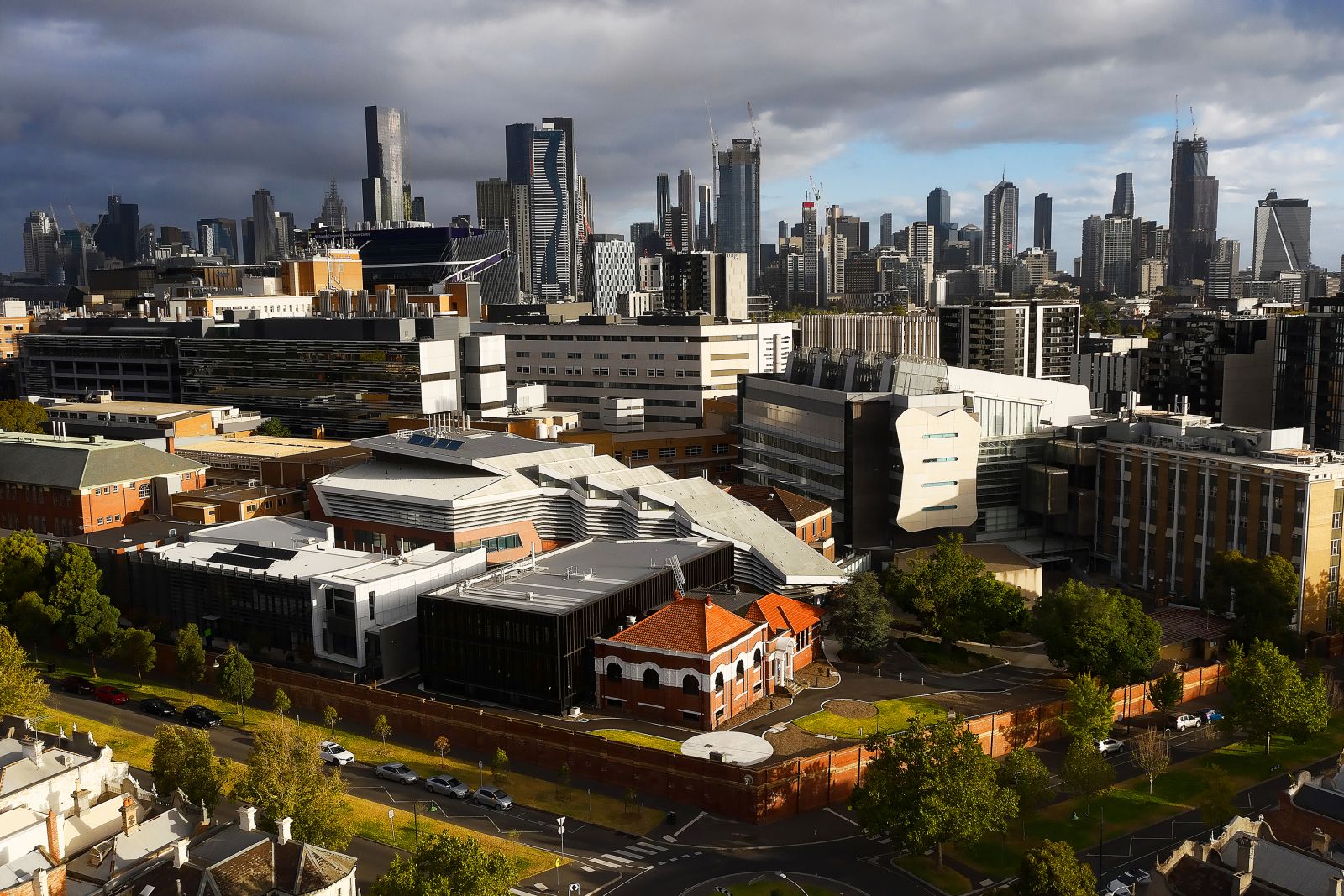
Platforms:
Bio21 houses a suite of powerful and complementary University research instruments in platform technology facilities dedicated to interrogating the molecular structures within biological materials and living cells.
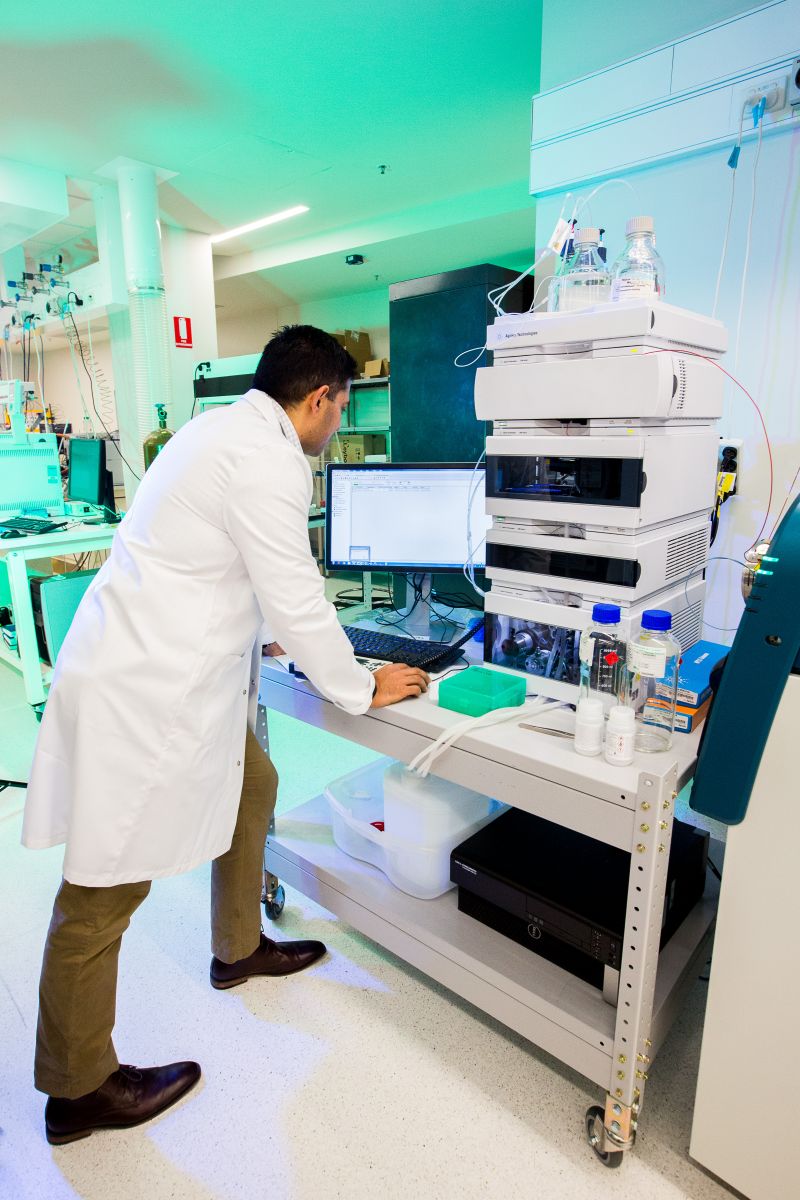 |
Mass Spectrometry and Proteomics Facility and the University of Melbourne node of the Metabolomics Australia, Margaret Sheil Laboratories in the Nancy Millis Building: In total there are 30 mass spectrometers in the MSPF and MA facilities with capabilities including the analysis of proteins, peptides, lipids, metabolites and metals. |
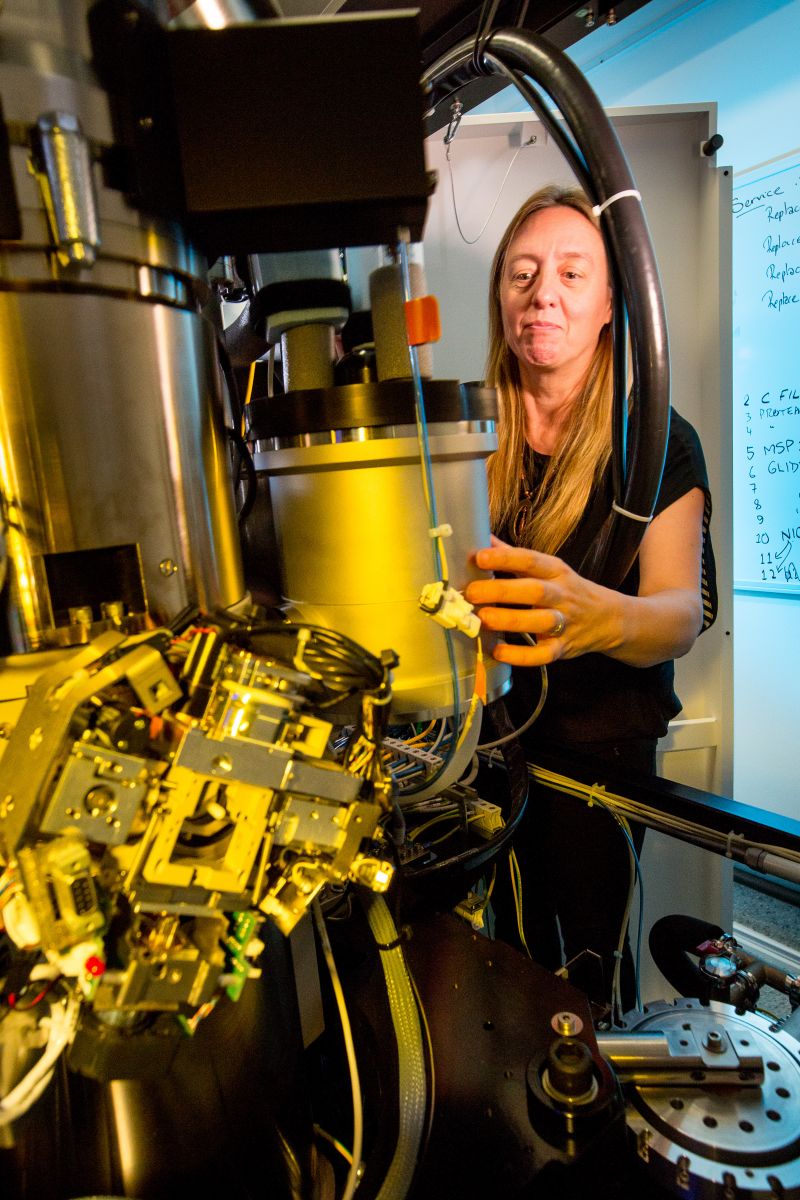 |
The Ian Holmes Imaging Centre, Ruth Bishop Building: In total there are 10 transmission and scanning electron microscopes including our flagship Titan Krios. |
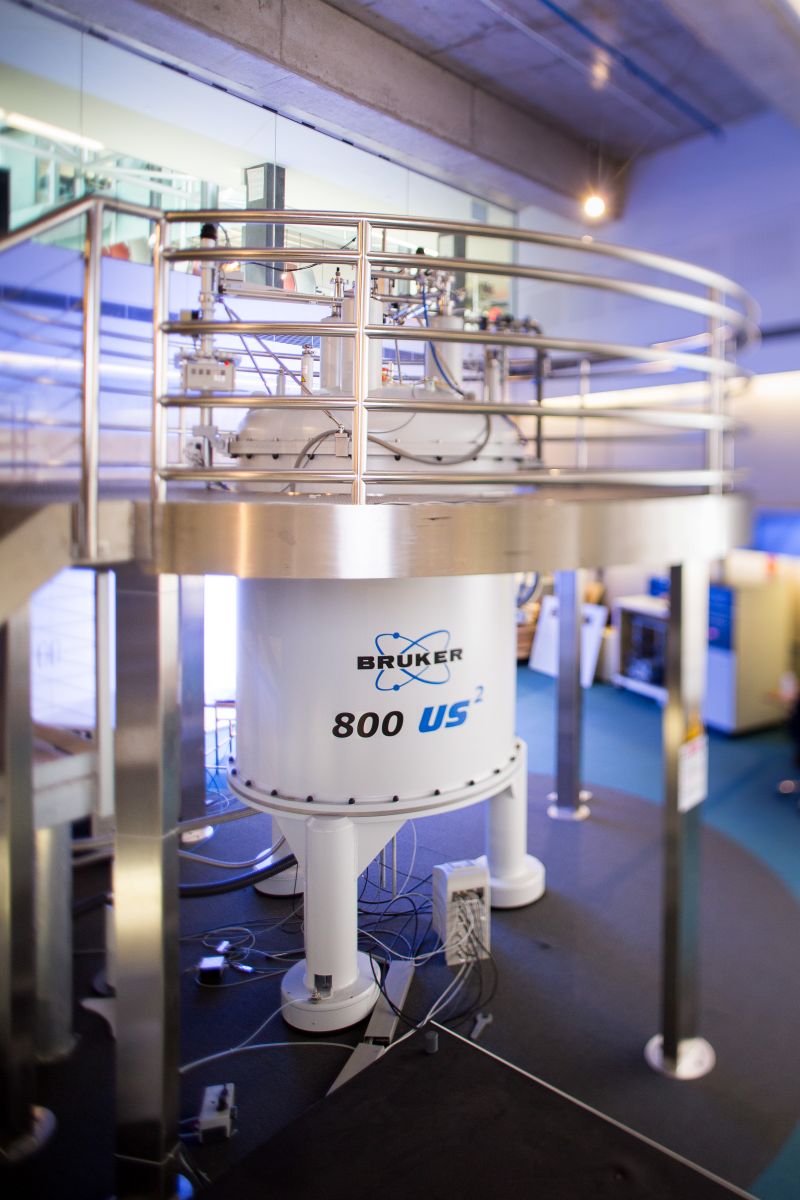 |
Melbourne Magnetic Resonance, David Penington Building: By mid-year we will be back to 8 NMR spectrometers including our flagship 800 MHz Bruker instrument. We also have Mössbauer and EPR spectrometers. |
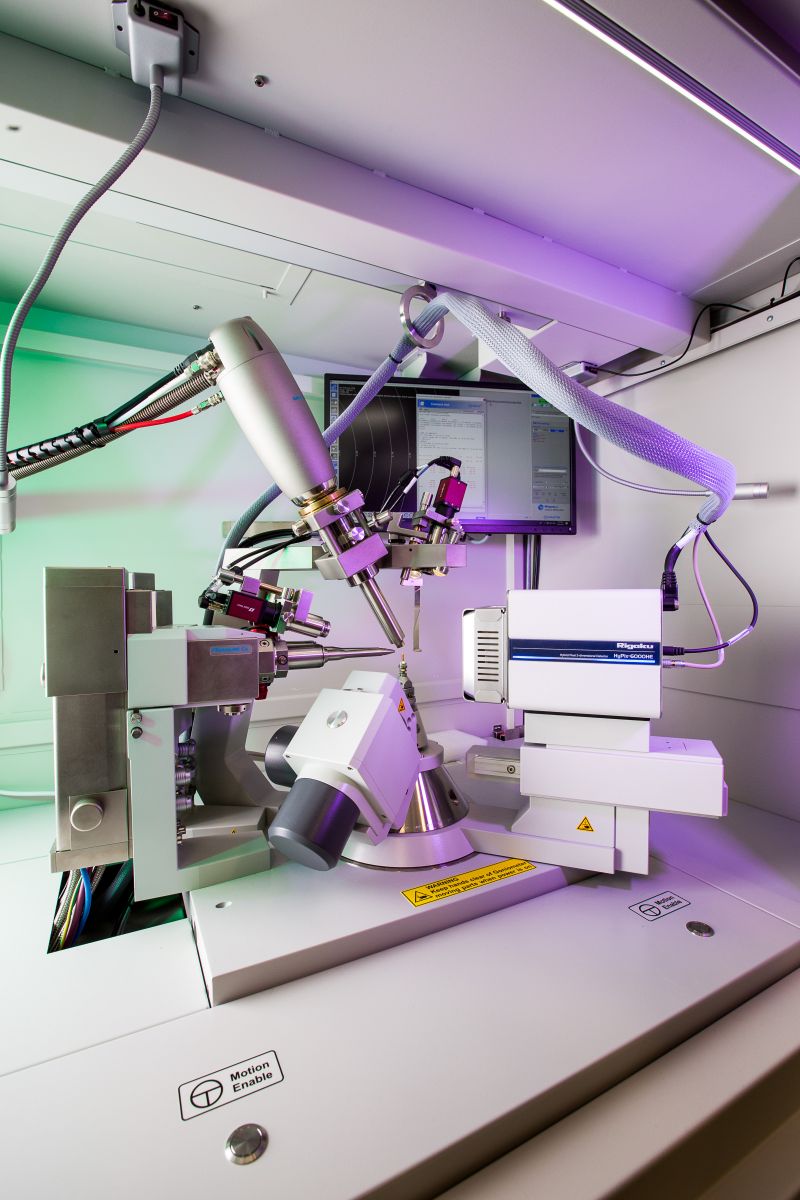 |
Melbourne Protein Characterisation, David Penington Building: |
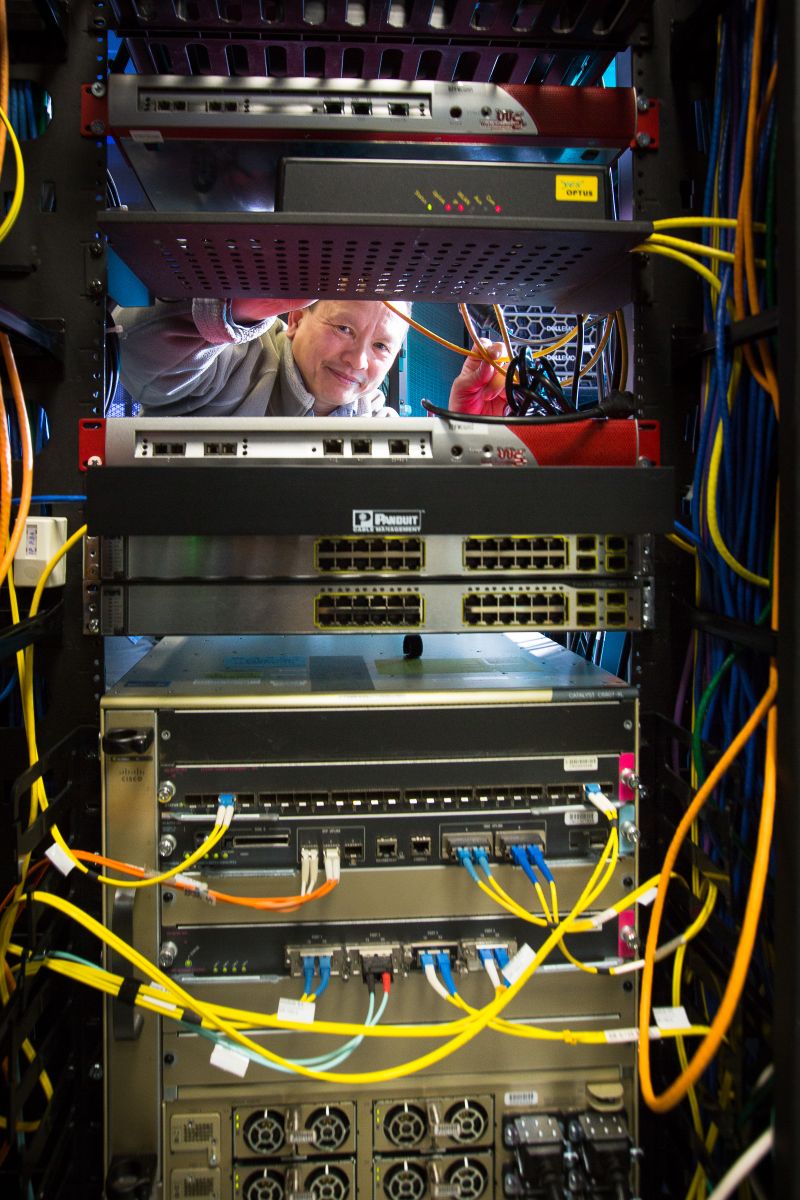 |
Systems and Computational Biology, David Penington and Nancy Millis Buildings: Including a high-performance computer cluster for analysing “big” data generated by our other platforms. |
These platform technology facilities are highly used by Bio21 groups as well as researchers from University of Melbourne’s main campus and academic and industry research groups in the precinct and beyond.
People:
We are a passionate, diverse and international community, with ~800 members, that include Honours, Masters and PhD students; industry and academic scientists at various stages of their career; platform technology managers and their teams, with specialist knowledge of our instruments and experimental design, as well as professional support staff.
It may come as a surprise, that together with David Keizer, Scientific Research Manager and myself, Bio21’s community is supported by a very small team of professional staff members:
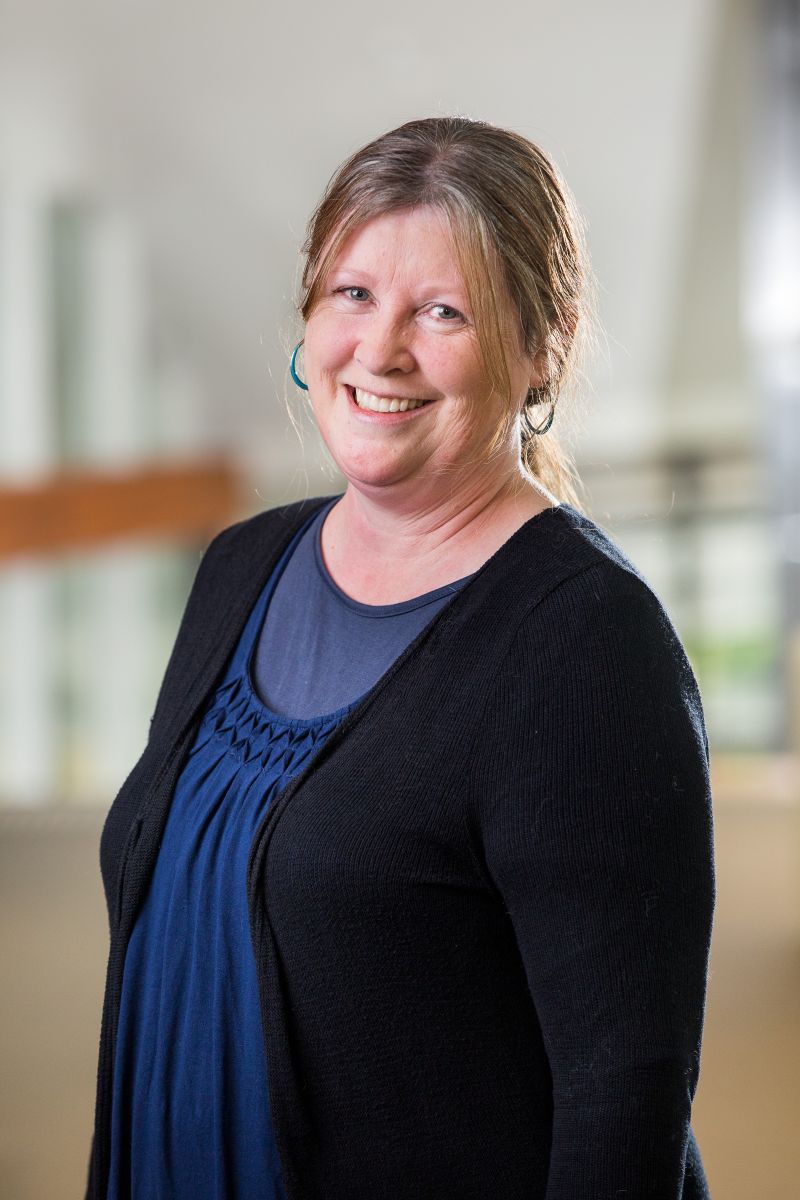 |
Michelle Abbott at reception, knows all the members of the community that walk through our front doors each day, providing friendly advice, assistance and access to the building, as well as providing administrative support to Bio21 leaders. |
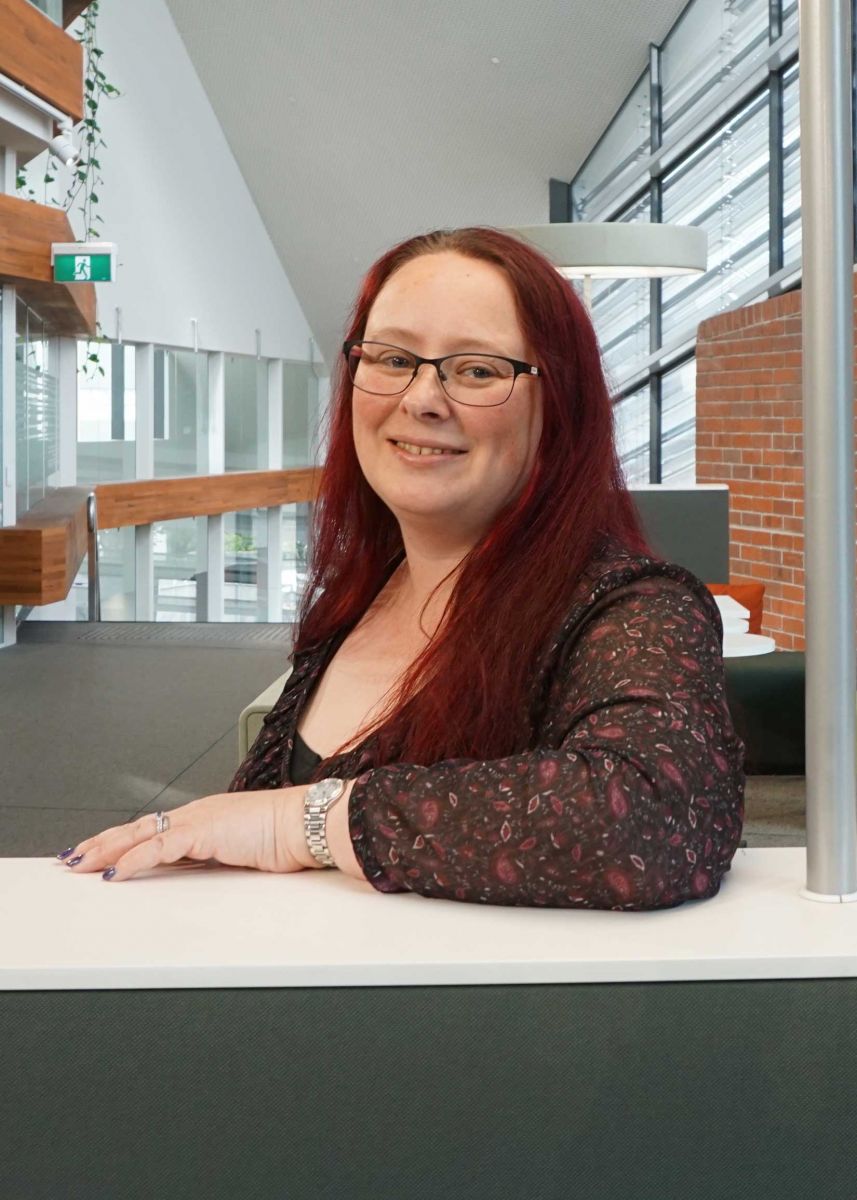 |
Prue Johnson, our OHS Advisor, works together with OHS managers in the various departments, schools and industry partners to create a safe environment for all Bio21 members across the industry and academic laboratories. |
 |
Robert Piccoli, Compliance Officer, who manages our platform financial transactions. Robert is multi-skilled and ready to provide support to all areas of the Institute. |
 |
Florienne (Flo) Loder, our External Relations Advisor provides strategic support, in external and internal communications across a range of channels reaching diverse audiences and stakeholders. She works with other university teams, to promote our research and researchers. On the ground, she brings together the Bio21 community to celebrate Big Picture and Morning tea events and coordinates the Work Experience and City of Melbourne Open House events to engage school students and the public with our science. |
The three intersecting rings of the Bio21 logo, could alternatively signify:
‘Interdisciplinary – Industry – Innovation’
or, perhaps:
‘Collaboration – Convergence – Community’
Interdisciplinary – Industry – Innovation:
From the very outset, Bio21 was conceptualised as a truly multi- and inter-disciplinary research institute.
The Bio21 community comprises research groups from three of the University’s STEM Faculties (Science, Medicine Dentistry and Health Sciences, and Engineering) as well as industry research groups and platform technology facilities.
Industry is a key ingredient in the mix of Bio21 community, providing expertise in the translation of research, opportunities to collaborate and pathways to scientific industry jobs:
- CSL’s Global Hub for Translational Medicine is the largest group with 150 scientists and growing and is a key partner with Bio21.
To help nurture Victoria’s promising talent in the biotechnology sector, Bio21 also supports start-up companies in the incubator building:
- Alterity Pharmaceuticals, developing drugs against neurodegenerative diseases;
- Circa Group, developing sustainable solvents from forestry woodchip waste;
- Gertrude Biomedical, developing drug candidates to treat cancers by regulating blood vessel growth;
- SYNthesis Research and Med Chem, developing and producing drugs using medicinal chemistry;
- Rhythm Biosciences, developing a new colorectal cancer testing kit.
It is no surprise, that this co-location of diverse groups across academia and industry fosters new ideas, or ‘Innovation’.
Community - Collaboration - Convergence
Co-location is not enough to ensure a vibrant interdisciplinary/multi-disciplinary environment. Silo walls and administrative boundaries often appear, even as we attempt to pursue a common goal.
The antidote? Community. Community and a strong institute culture can work ‘magic’ for multi-disciplinarity.
As we return to the Institute after the 2020 COVID-year, we relish the in-person encounters with each other. Bio21’s seminars and Institute-wide morning teas, Big Picture public lectures and involvement in the work experience programs and the City of Melbourne Open House weekend, provide opportunities to come together again. What sort of ‘magic’ am I referring to?
‘Magic’ happens when:
- a biochemist can meet a chemist (e.g. Malcolm McConville and Spencer Williams) and write a paper together;
- a geneticist speaks with a structural biologist (e.g. Phil Batterham and Michael Parker) and they collaborate on a project and co-supervise a student together;
- when chemists and biochemists team up on a grant and acquire instruments together (e.g. Gavin Reid and David Stroud)
- and an academic’s research findings lead to an industry collaboration (e.g. Paul Gleeson and CSL; Eric Reynolds and CSL).
More than a fad, ‘multi-disciplinarity’ or ‘convergence’ is a practical philosophy. Inherent in this idea is teamwork, collaboration and embracing diversity.
The US National Science Foundation, defines ‘Convergence’ in the following way: https://www.nsf.gov/od/oia/convergence/index.jsp
“… integrating knowledge, methods, and expertise from different disciplines and forming novel frameworks to catalyze scientific discovery and innovation.”
I have been part of the Institute community since 2006 and director since early 2017. I value the sense of belonging I experience here, as well as the connections and collaborations I’ve had across schools and departments that have led to grants, discoveries, publications and patents and I feel proud to be part of a community committed to the pursuit of science. You can read similar experiences from Andrew Holmes, Eric Reynolds and Phil Batterham in their contributions to the Director’s blog.
I am also proud of what the Bio21 Institute community of researchers and consecutive directors have created, since the institute building was formally opened in 2005:
Directors Dick Wettenhall, Tony Bacic, Malcolm McConville and myself have continued the ‘Bio21 Vision’ and have created whole new buildings, to house facilities, such as the Ruth Bishop’s Ian Holmes Imaging Centre, the Nancy Millis’s Margaret Sheil Laboratories and Melbourne Protein Characterisation.
 |
 |
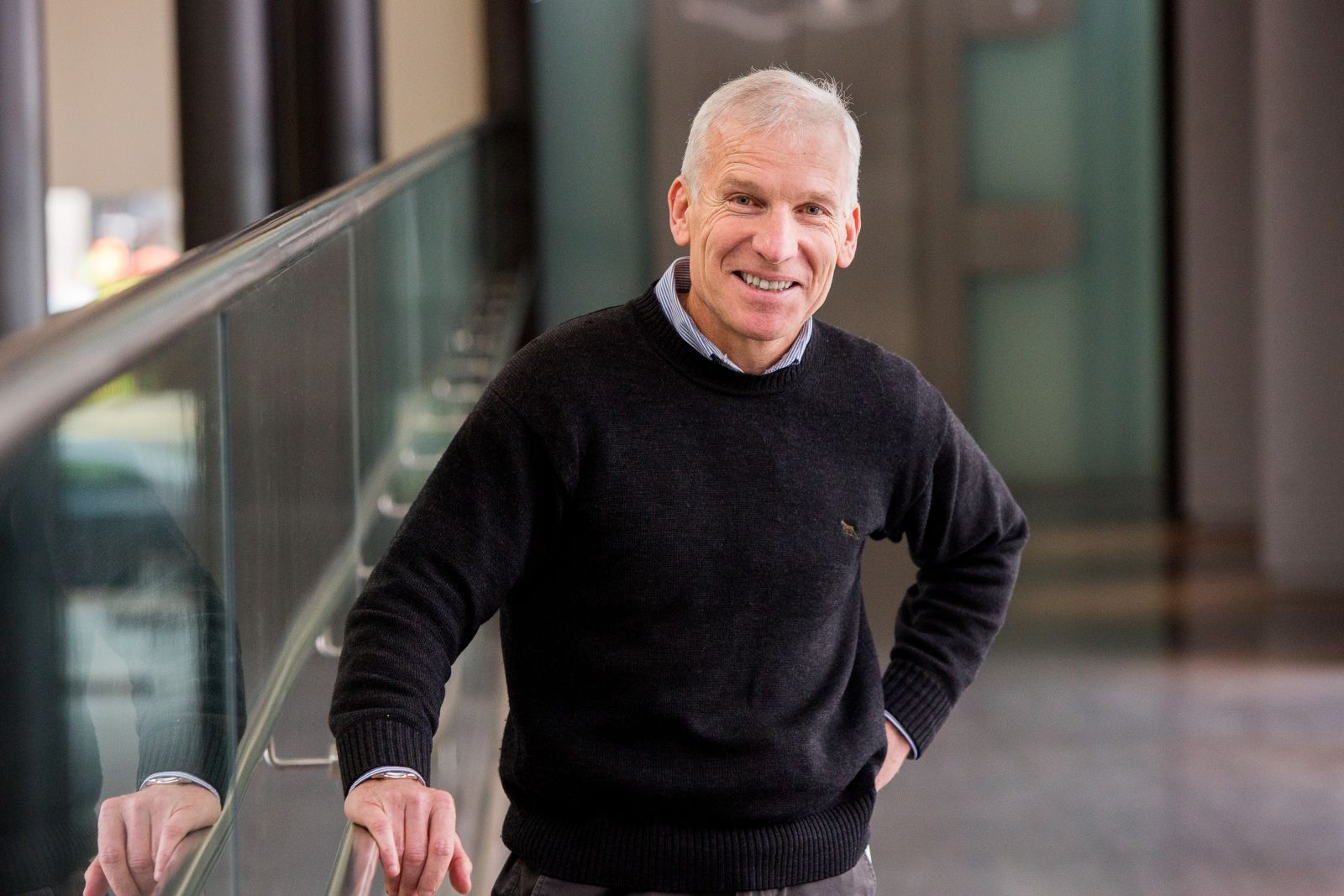 |
 |
| Dick Wettenhall | Tony Bacic | Malcolm McConville | Michael Parker |
Whether it be…
- Precinct – Platforms – People
- Interdisciplinary – Industry – Innovation
- Collaboration – Convergence – Community
… Bio21’s Mission and Vision still rings strong:
“The Bio21 Institute seeks to improve human health and the environment through innovation in molecular life sciences and biotechnology, driven by collaborative research and dynamic interactions with industry.”
(P.S. in case you’re wondering, the Bio21 rings stand for: ‘University – Industry – Community’)

